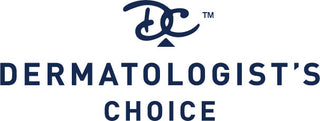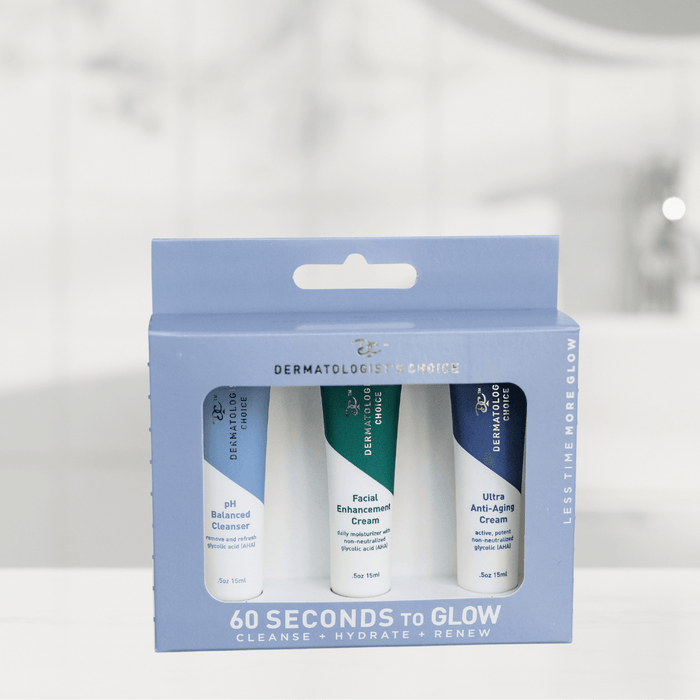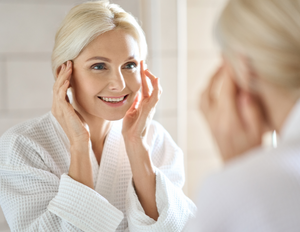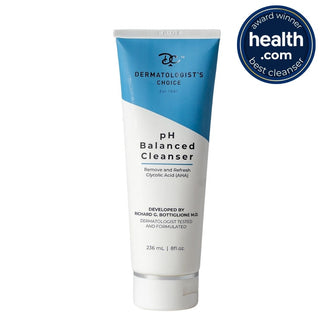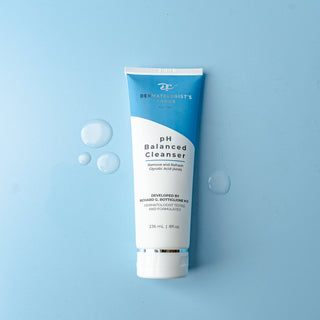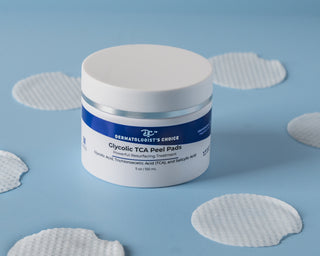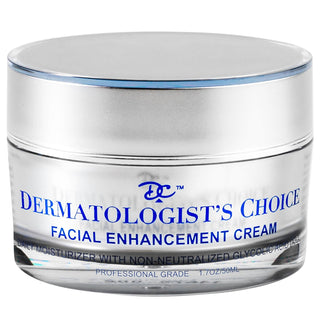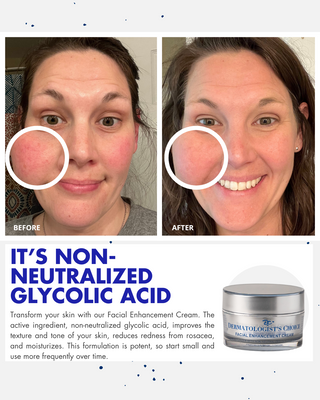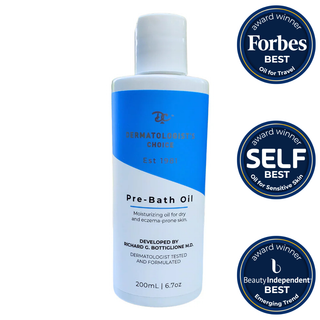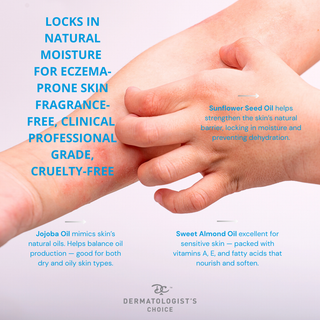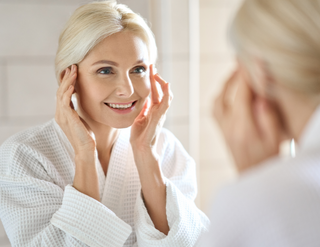Glycolic peels are a popular at-home skincare treatment that can help to improve the appearance of fine lines, acne, and uneven skin tone. However, it's important to use them correctly in order to avoid irritation and achieve the best results. One of the most important things to keep in mind is how often you should apply a glycolic peel. You can do a mild, low concentration glycolic peel daily if your skin tolerates it. We'll go more into detail below.

First, it's important to understand what a glycolic peel is. This type of peel is a chemical exfoliant that uses alpha-hydroxy acids (AHAs) to remove dead skin cells and reveal brighter, smoother skin. Glycolic acid is the most commonly used AHA peels.
Glycolic acid face peels serve an important purpose in skincare. Derived from sugarcane, these peels act as chemical exfoliants, utilizing alpha-hydroxy acids (AHAs) to effectively remove dead skin cells and reveal brighter, smoother skin. With glycolic acid being the most commonly used AHA, its natural source lends itself well to this beautification technique that has been utilized by ancient civilizations for centuries.
The purpose of glycolic acid face peels is to address a variety of common skin concerns. By dissolving the bonds between dead skin cells, these peels allow for easy removal of the outer layer, paving the way for new, healthy cell growth. This process proves particularly beneficial for those seeking anti-aging effects, as glycolic acid peels can help diminish the appearance of fine lines, acne, and uneven skin tone.
In addition to its anti-aging properties, glycolic acid face peels offer solutions for various other skin issues. They effectively combat adult acne for those with non-oily skin, as well as tackle clogged pores and blackheads. Scarring, melasma, sunspots, age spots, hyperpigmentation, and dull or uneven skin tones can also be improved with regular use of glycolic acid face peels.
Furthermore, glycolic acid is safe for all skin tones and is particularly suitable for normal, dry, and combination skin types. The versatility and effectiveness of glycolic acid face peels make them a valuable addition to any skincare routine, offering a way to reveal younger, smoother, and more radiant skin.
Glycolic acid face peels provide a solution to common skin concerns through their exfoliating properties and the power of alpha-hydroxy acids. By incorporating these peels into your skincare routine, you can effectively combat issues such as adult acne, clogged pores, scarring, melasma, sunspots, age spots, hyperpigmentation, fine lines, and uneven skin tones. With Dermatologist's Choice Glycolic Acid, individuals of all skin tones can benefit from the transformative effects of glycolic acid face peels.
When using a glycolic peel at home, it's important to start with a low concentration of acid and gradually increase the strength as your skin becomes accustomed to the treatment. Dr. Bottiglione recommends starting with the milder Facial Enhancement Cream then work your way up to the Ultra Anti-Aging Cream. You should also begin by applying the peel once or twice a week, and then increase the frequency by one day each week as your skin becomes more tolerant.
It is important to note that the frequency of application depends on the individual's skin type and the strength of the peel. Generally, those with sensitive skin should start with once a week and gradually increase to twice a week, while those with oily or acne-prone skin may be able to tolerate a higher frequency of application. Further, Dr. Bottiglione recommends those with sensitive skin to use the Facial Enhancement Cream then apply Vaseline. Those with oily or acne-prone skin usually do better with the Glycolic Peel Cleansing Pads.
It's also important to note that using a glycolic peel may cause some redness or irritation at first application, however, it's not likely anything to worry about. If you experience redness, stinging, or burning after using a glycolic peel, it's best to reduce the frequency of application or switch to a lower-strength peel. Apply a moisturizer. Do not get discouraged, the skin is know to take some time to adjust to the acid, after a few uses the skin should not get red or irritated and you will be able to use the glycolic more frequently if desired. You must keep in mind that a glycolic peel will help brighten, tone, and clear your skin but before those wonderful results you may experience some redness and irritation. It's like the saying, no pain, no gain. While we're not lifting weights at the gym, the glycolic is definitely doing some heavy work to make our skin better.
Some frequently asked questions:
What is the pH of the peel? The ideal pH of a glycolic or TCA peel is about 3.5 pH. If it's a pH of 7 or greater, it's neutralized and of no value.
Is there a recommended shelf life or expiration date for the product? How long can I use the peel product after opening? The shelf life of cosmetics after opening varies, as there are no specific laws or regulations in the U.S. that require expiration dates on their labels. However, it is generally recommended to use the product within 90 days after opening. Some cosmetics, if unopened and stored in a cool and dry place away from direct sunlight, can last up to 2 years. It's important to note that using older products may not pose significant harm, but over time, they may lose potency and effectiveness compared to newer, fresher products.
What is the recommended skin type for the Glycolic peel? Any skin type can use a glycolic peel. More sensitive and dry skin types, it's best to use a lower concentration of acid for less irritation.
Additionally, it's important to use a sunscreen when using a glycolic peel at home. Because glycolic peels can increase sun sensitivity, it's important to protect your skin from UV rays to prevent sun damage and hyperpigmentation.
In summary, the frequency of applying a glycolic peel at home varies depending on the individual's skin type and the strength of the peel. It's important to start with a low concentration of acid one day a week and gradually increase the frequency and/or the concentration by one day each week as your skin becomes accustomed to the treatment. It's also important to be aware of the signs of irritation and to protect the skin with sunscreen.
In conclusion, glycolic peels are a great at-home skincare treatment that can help to improve the appearance of fine lines, acne, and uneven skin tone. However, it's important to use them correctly in order to avoid irritation and achieve the best results. By following the guidelines outlined in this blog post, you can safely and effectively use a glycolic peel at home to achieve healthier, more youthful-looking skin.
